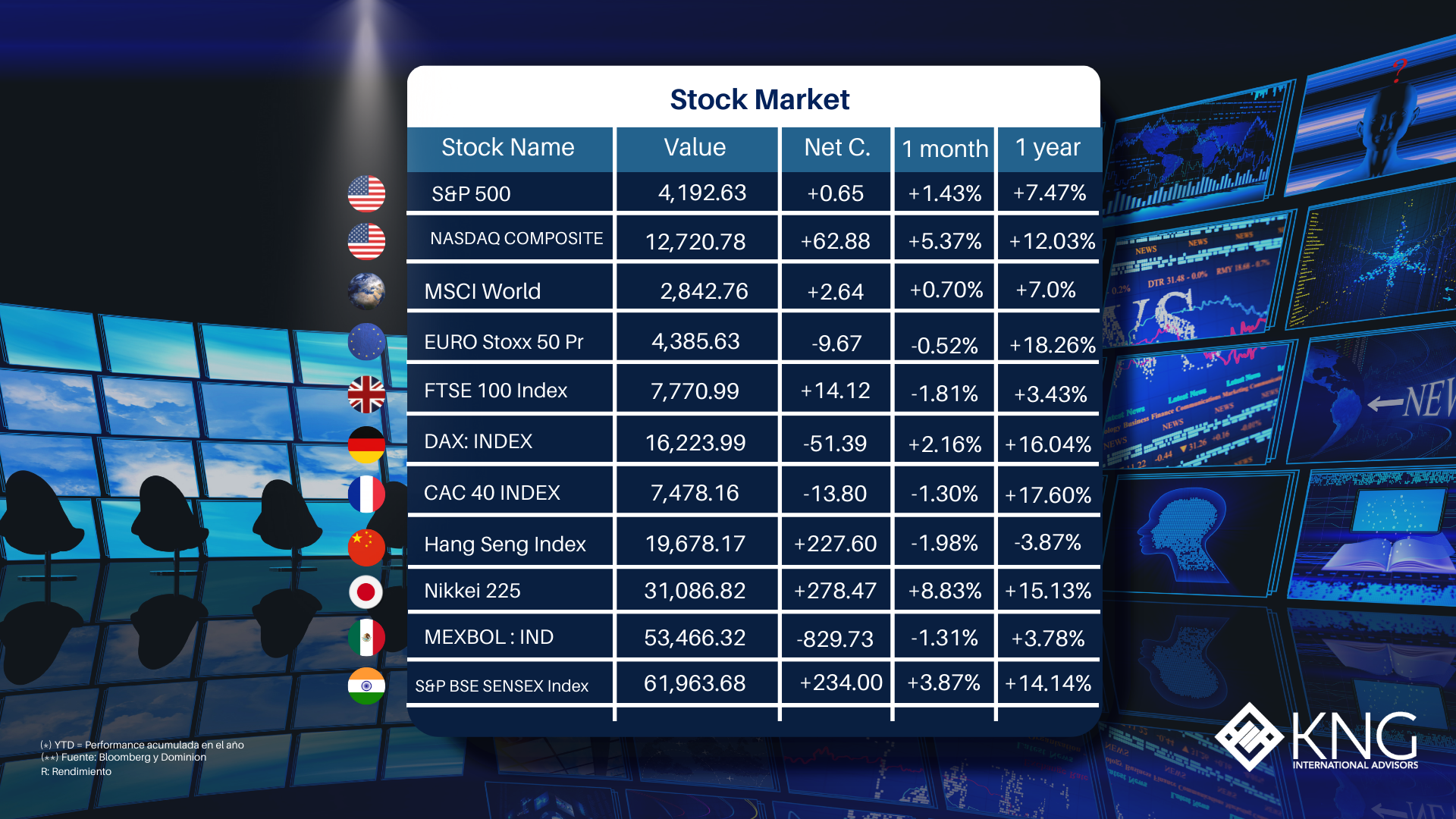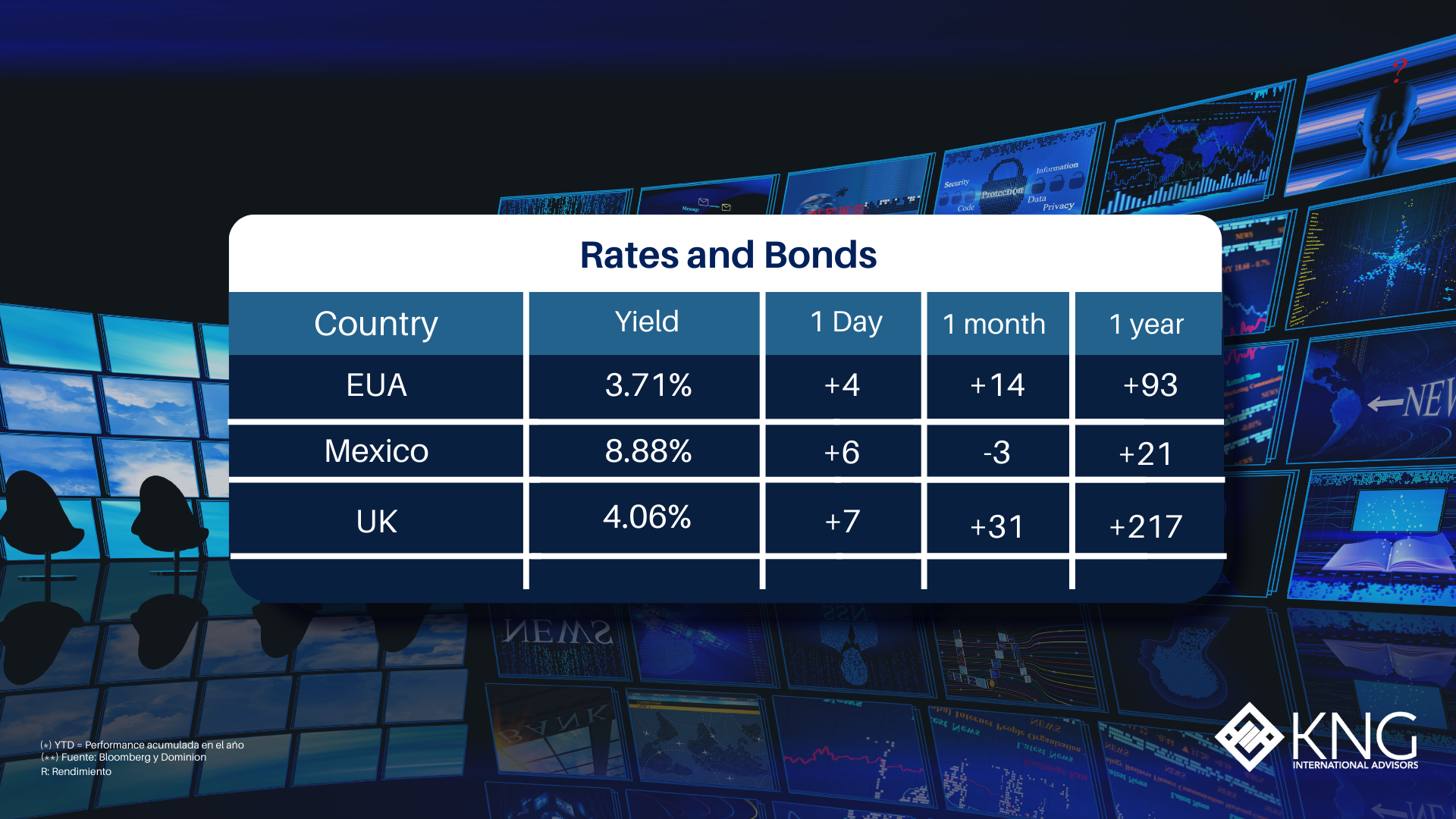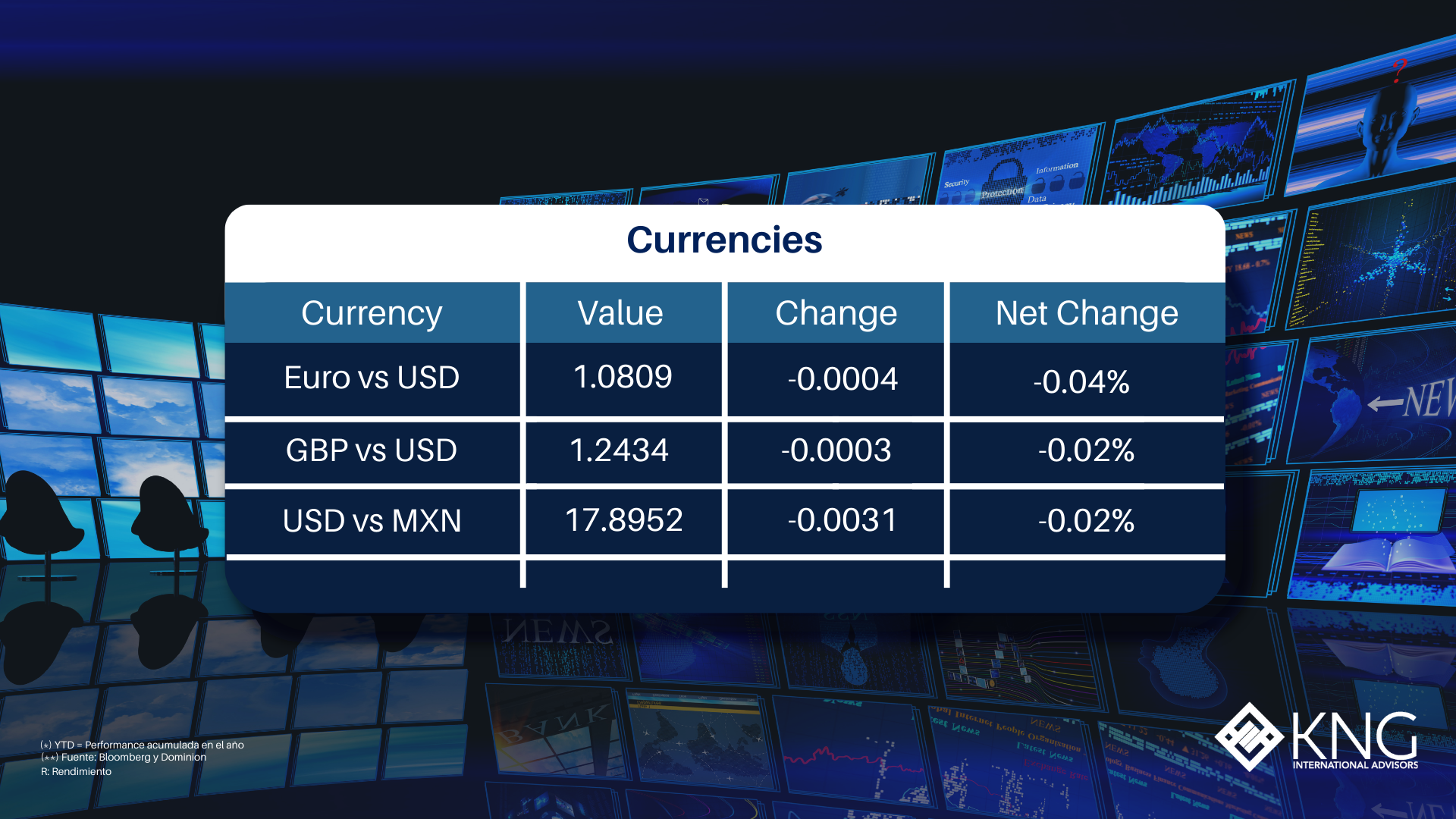Monday 22nd of May 2023
Listen to this financial market update by playing this audio...




Some sectors in the economy go through what are known as cycles. Periods of very high demand are followed by big cycles down in demand, in a cycle of boom and bust for the industry. These cycles of demand are driven by other factors, sometimes in the wider economy, sometimes driven by factors specific to that industry, like computer games consoles for example where cycles are driven by the age of consoles and the launch of new products. Many industries exhibit cyclical characteristics, from automotive manufacturing to advertising. It can be hard to avoid cycles as an investor.
If we are investing in an industry that exhibits cyclical characteristics, it is very important to understand the cycles in question and to try and ascertain where we are in that cycle.
Being at or close to the peak of the demand cycle can be a dangerous time to invest. Recent strong demand is often interpreted by the market, investors, even some management teams of companies, as indicative of the new base level of higher demand. This creates a false sense of confidence in the outlook for the business which, in reality, is on the precipice of a major cyclical downturn. Time and time again across multiple industries we see cyclical highs interpreted in an overly optimistic way.
This over optimism translates into high valuation multiples and higher share prices for the stocks in question. The peak of the demand cycle in a cyclical industry, misinterpreted as a new base level of demand for the future, combined with a gross underestimation of the likelihood of a cyclical downturn in demand, results in share prices of related companies that are too high. The risk of share price declines, as reality meets overly optimistic expectations, is high. This is a time to be avoiding investing in stocks exposed to such cycles.
The opposite is true for lows in a cycle. At cyclical lows, we often find that sentiment towards related companies is very pessimistic, often overly so. The path down to the cycle low was a tough one for investors, management teams, and researchers covering the sector, with share prices coming down heavily to reflect lower demand and weaker performance for related businesses. This also translates into lower expectations for demand and profit growth. The lows are interpreted as a new lower base level of overall demand for the industry, and the possibility of a cyclical move up in demand is underappreciated by the market. This results in share prices and valuations that are too low, the risk of a major surprise to the upside and major move up in share prices is high. This is a good time to be buying companies exposed to such cycles.
More often than not investors get these cycles the wrong way round. Time and again we see investors buying aggressively at the top of cycles and selling closer to lows. The optimal strategy when investing in cyclical industries is to do the opposite, sell at cyclical highs and buy at cyclical lows.
This begs the question, are there any cyclical sectors in the stock market today exhibiting cyclical high or cyclical lows?
We think there could be some sectors exhibiting the characteristics of cyclical lows and, as such, now could be an attractive entry point to buy into those sectors. One example is in the energy related capital goods sector. These are industrial companies that manufacture and service the heavy equipment used to produce and transmit electricity in the power grid. Last year was a very tough year for these companies, with high input cost inflation crushing profit margins and economic and political uncertainty delaying orders for new equipment. Share prices of related companies and valuations came down significantly. In some cases related companies traded on their lowest valuations in their trading history late last year. The market was valuing these companies as though the lows in profit margins and demand were the new normal.
The truth is far different, we may in fact be on the cusp of a major up-cycle in demand for energy related capital equipment. The world is in dire need of more energy supply, from renewables and other lower carbon sources to fight climate change, and to supply rising demand for energy in emerging markets.
This looks to us like a classic bottom of the cycle opportunity and we have already seen recent earnings reports from these companies surprise to the upside, with orders, revenues, and profit margins well ahead of estimates as cost inflation has eased and demand has improved, all resulting in strong moves up in share prices over the past 4-5 months.
In the coming weeks, we’ll be giving some more examples of sectors where we see cyclical highs or lows, where investors should be considering reducing or increasing exposure.
We would like to thank Dominion Capital Strategies for writing this content and sharing it with us.
Sources: Bloomberg, Yahoo Finance, Marketwatch, MSCI.
Copyright © 2023 Dominion Capital Strategies, All rights reserved.
Disclaimer: The views expressed in this article are those of the author at the date of publication and not necessarily those of Dominion Capital Strategies Limited or its related companies. The content of this article is not intended as investment advice and will not be updated after publication. Images, video, quotations from literature and any such material which may be subject to copyright is reproduced in whole or in part in this article on the basis of Fair use as applied to news reporting and journalistic comment on events.